Postcards from Duluth’s Incline Railway
The Incline Plane Railway, a tram system operated by the Duluth Street Railway Company, began service in 1891. It carried passengers from a housing development at the top of the hillside into the downtown along Seventh Avenue West.
Two sets of tracks were elevated on concrete footings, and cars were pulled by a steam engine in the powerhouse at the hilltop. Passengers were carried from Superior Street to Ninth Street, a distance of 2,749 feet and a height of 500 feet. A connecting streetcar line ran to Highland Avenue. Because few people lived up there, passengers were scarce.
One year after the tramway service began, Beacon Hill Pavilion was built at the top of the tramway with the hope of generating more passengers. The pavilion included restaurants, a dance hall and an auditorium. It was a favorite place for picnics, band concerts and hot-air balloon rides.
The pavilion was designed by Oliver G. Traphagen and Francis W. Fitzpatrick.
On May 28, 1901, a fire started in a coal bin in the engine room of the powerhouse. Wind carried the fire to the pavilion. The heat of the fire melted the tram cables, and a burning trolley raced down to Superior Street, where it crashed into Superior Street Station. No one was injured. The pavilion was destroyed and never rebuilt. The railway was back in action six months later, using smaller cars.
The incline was promoted as a scenic attraction in the 1920s and ’30s. It was called the Duluth Skyride.
The incline operated until Sept. 4, 1939, when it was broken up and sold to a Japanese company as scrap, which was used to build the Japanese war machine.
Recommended Links:
Leave a Comment
Only registered members can post a comment , Login / Register Here


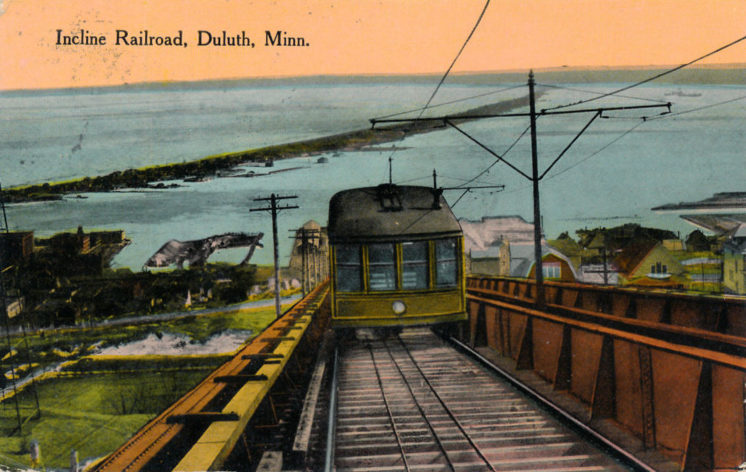
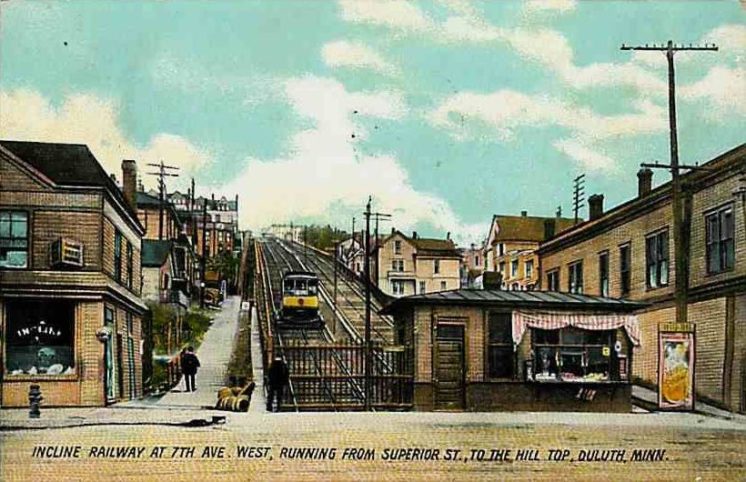
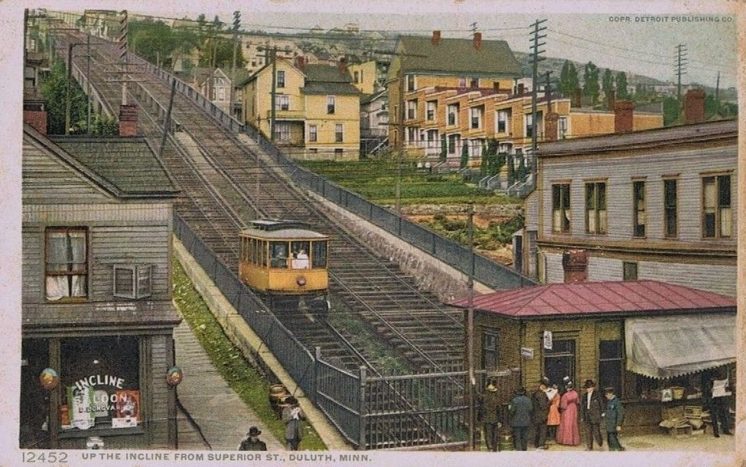
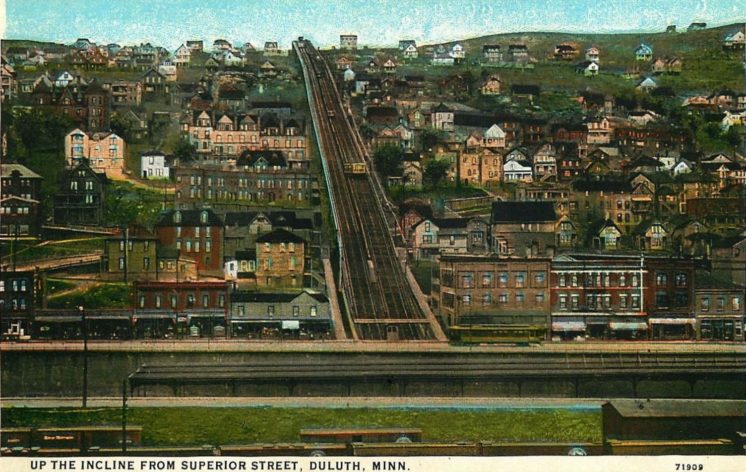
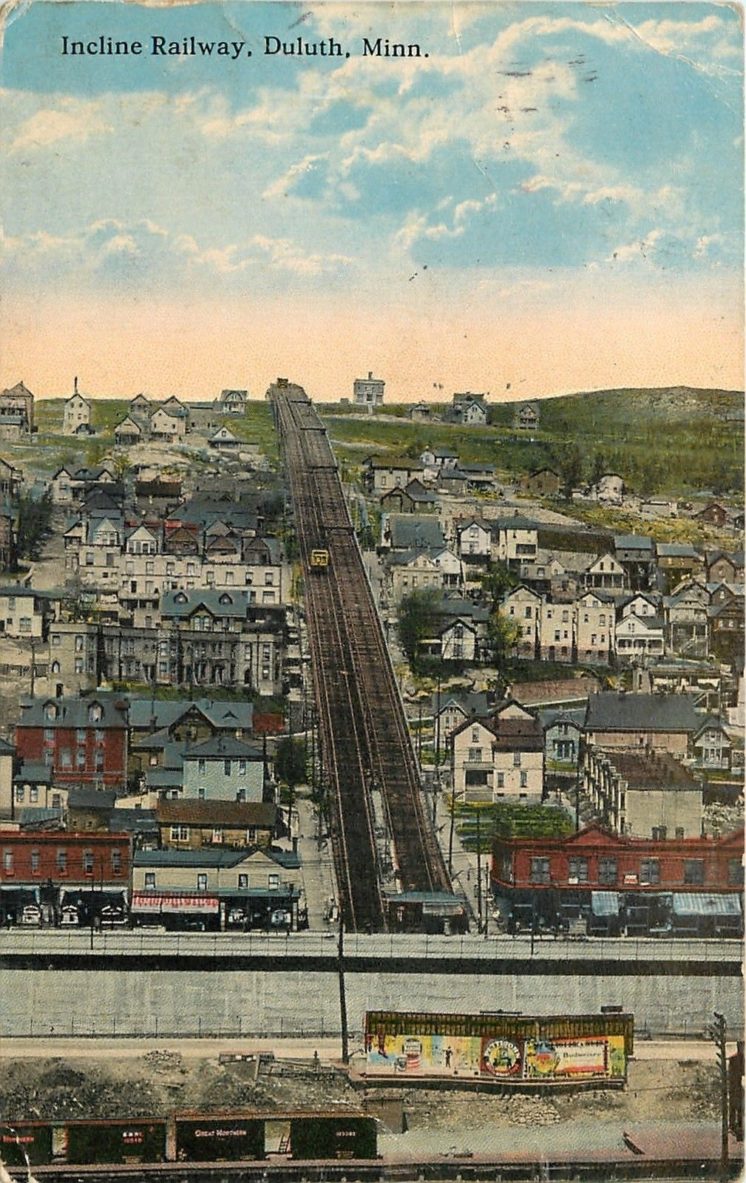
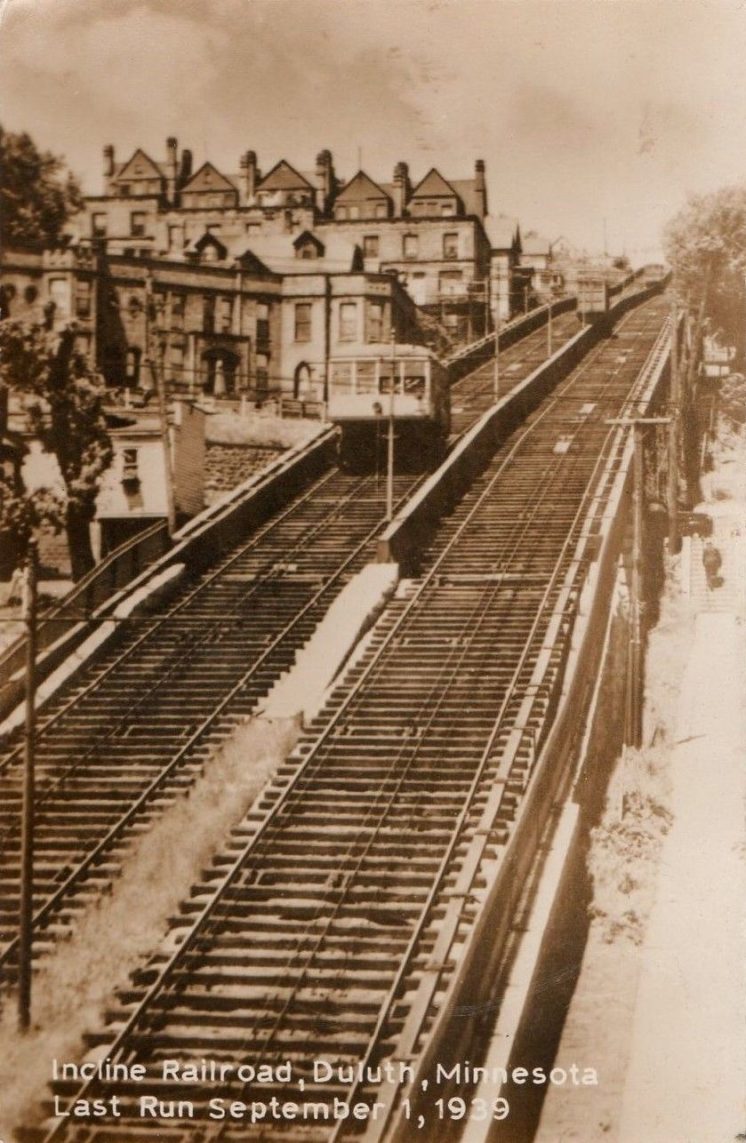
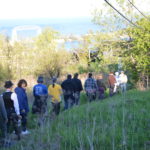


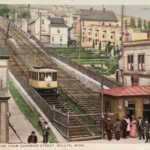







No Comments